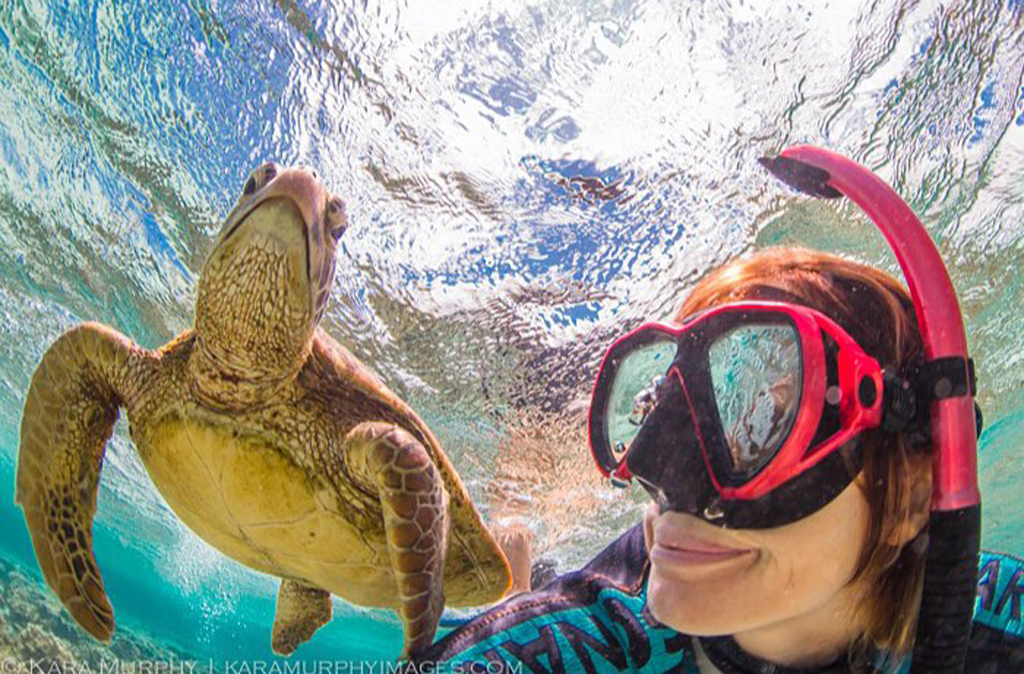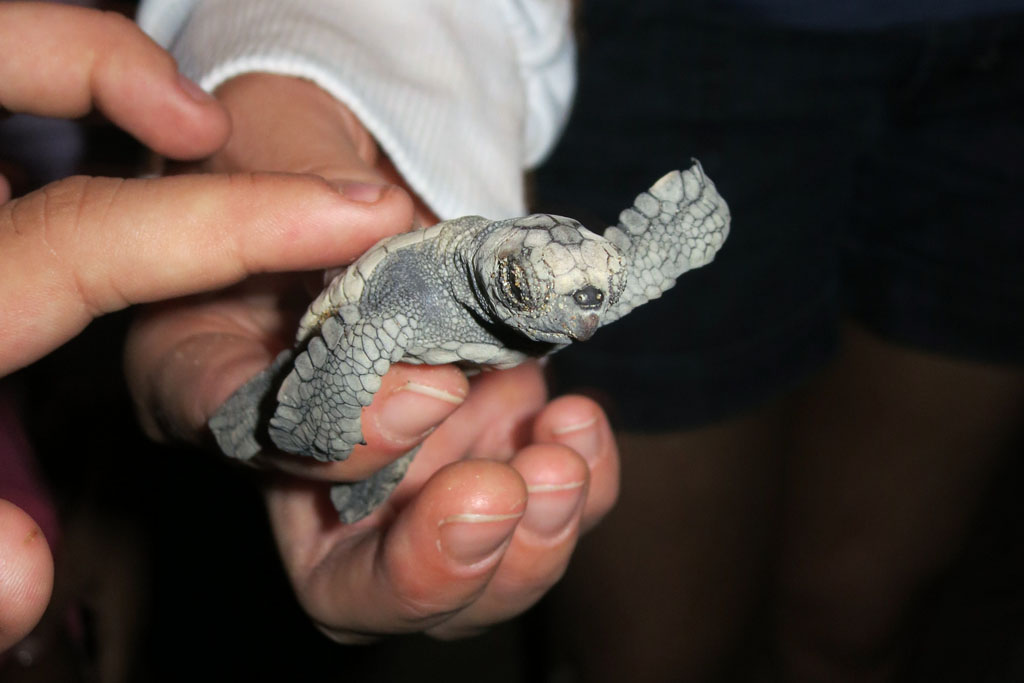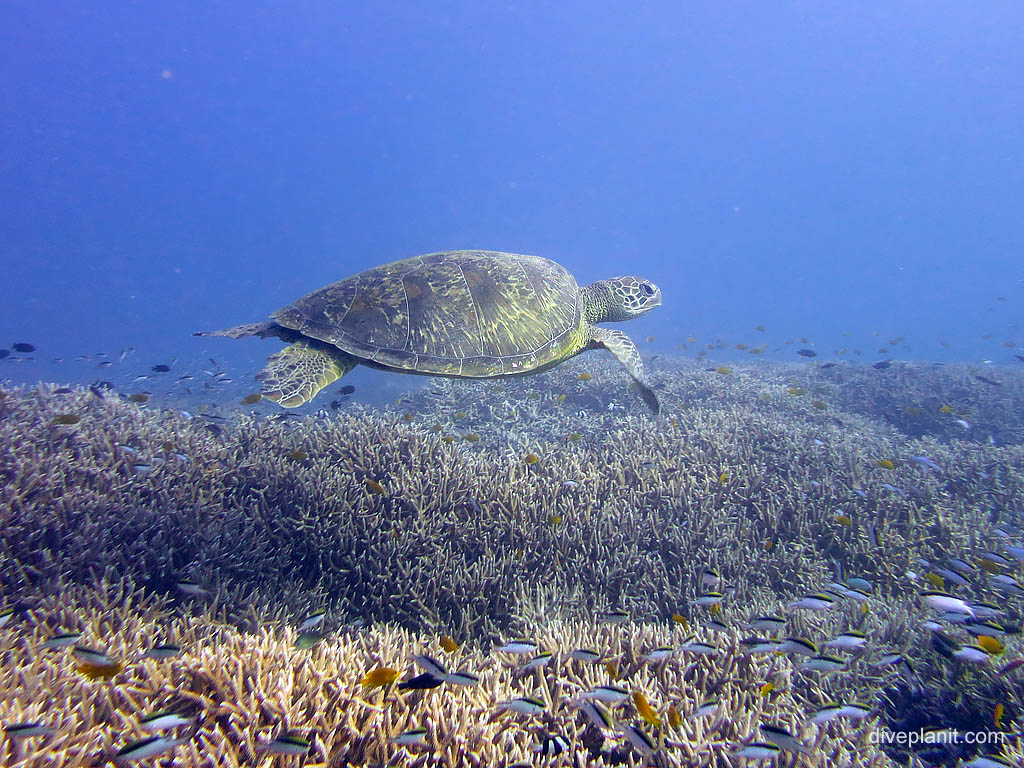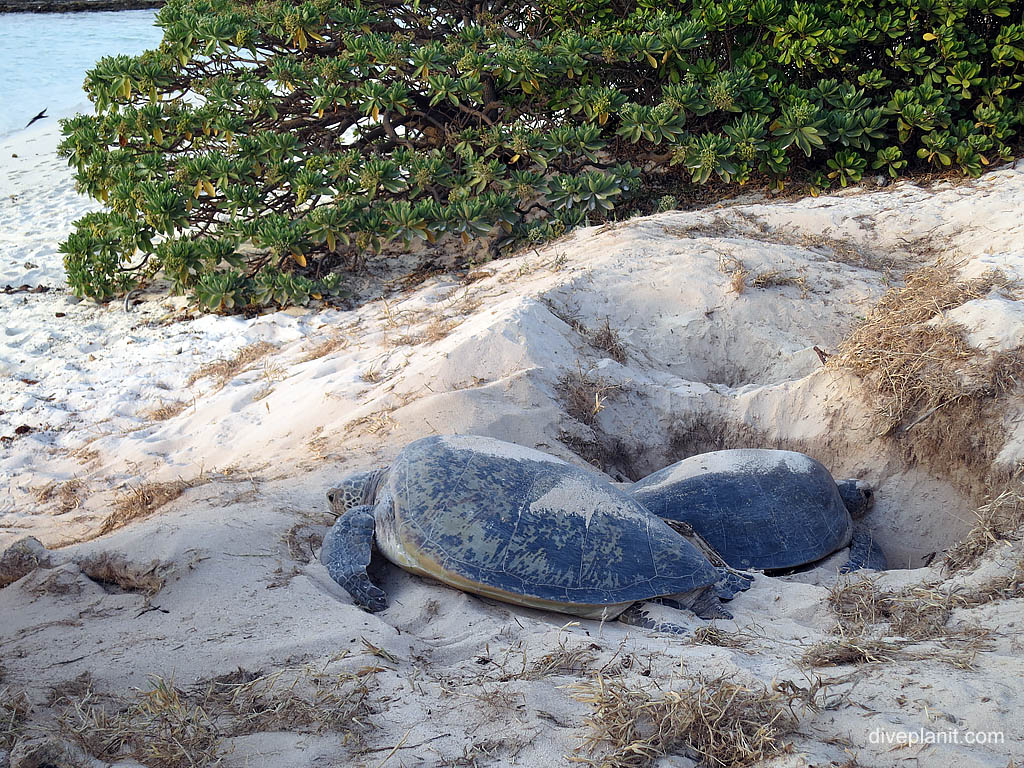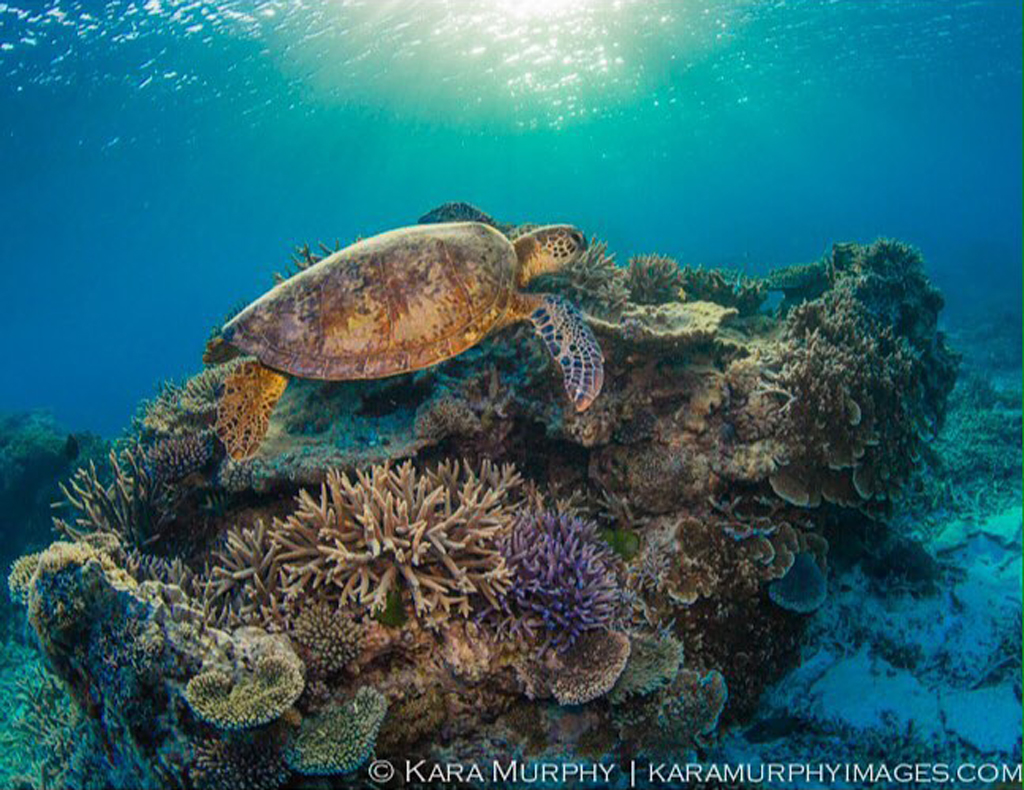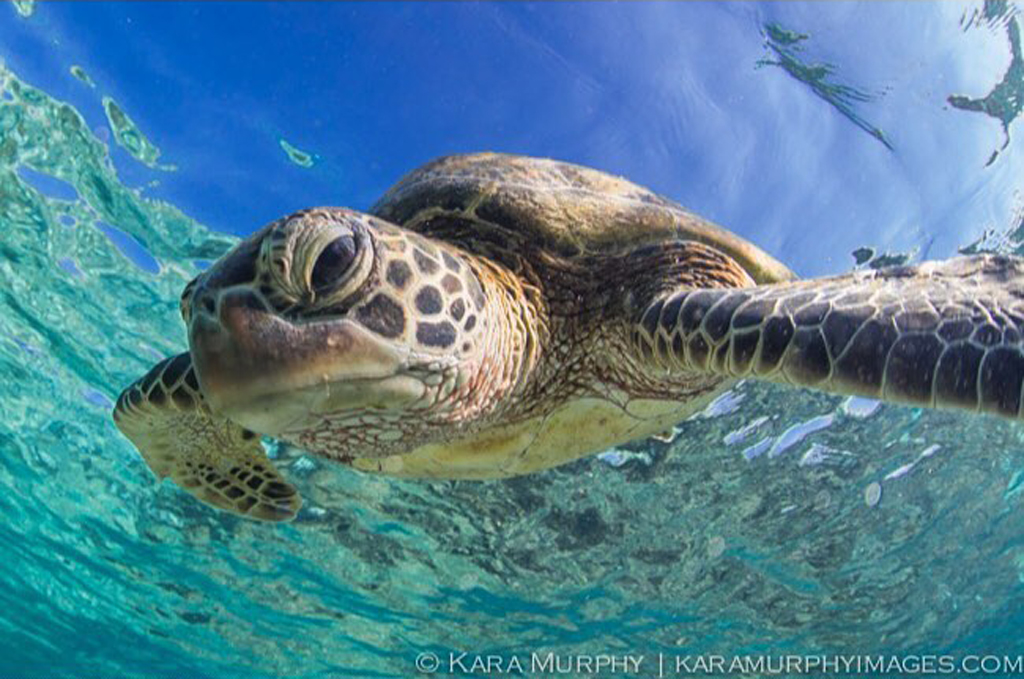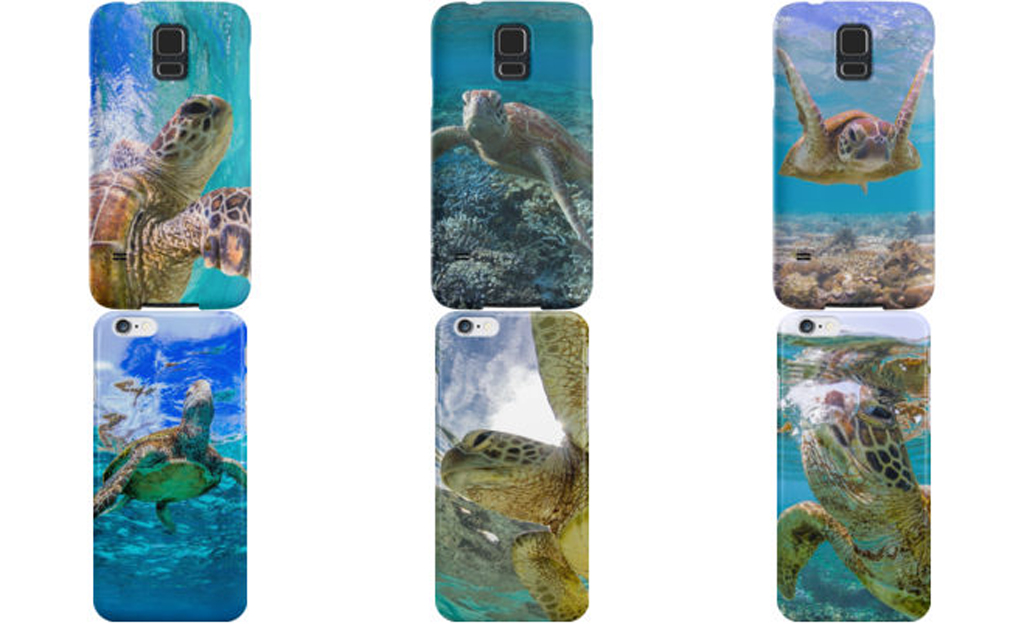It’s officially turtle season on the Southern Great Barrier Reef, which makes it a great time of year to visit.
While it’s normal to see turtles while you’re snorkeling or diving on any of the Southern Great Barrier Reef islands, at any time of the year, it’s only between November and March that they come ashore to nest.
Between November and January, you’ll see the old girls hauling themselves up the beach to dig a pit and lay their eggs, and between December and March, the little dudes start making their precarious way to the sea.
Here are a few turtle facts to inspire you…
- The Great Barrier Reef is home to six of the world’s seven marine turtle species
- Turtle hatchlings are between 15 to 30 grams and about 5 to 7cm long
- The smallest species (Ridleys) grow to about 45kg and are one metre long.
- The largest species (leatherbacks) can weigh as much as 900kg and 2m long.
- Estimated lifespan of a turtle is 60-80 years.
- Young turtles spend their first 20-30 years at sea, before returning to their birthplace to nest.
- Only 1 in 1000 turtle hatchlings survive to maturity.
Here’s where to see turtles on the Southern Great Barrier Reef.
Mon Repos
Fifteen minutes out of Bundaberg, Mon Repos boasts over half the entire concentration of nesting loggerhead turtles in the Southern Hemisphere.
At the Mon Repos Turtle Centre you can join park rangers, who take groups out each night during nesting season to witness the old girls laying eggs, and help the young hatchlings find their way to the sea.
Heron Island
Heron Island has a resident population of around 4000 turtles, who live on the reef all year so you can expect to see them in the water anytime. In September, even more turtle turn up to mate and they usually nest in November.
In a single morning during a recent visit, I counted over 60 turtle tracks on the beach that circles Heron Island.
And then, of course, there are 20 dive sites to explore and swim with them for the remainder of the day.
Lady Elliot Island
Lady Elliot Island is regarded as one of the best dive sites in Australia, and it is definitely the best place to encounter manta rays, with over 700 individuals identified by the Project Manta research team based here.
The island is also home to several species of turtles, who clamber up the beach to lay eggs between November and February. Hatchlings can be seen making their way to the sea between February and May.
Each time we’ve visited Lady Elliot Island, we saw so many turtles while diving and snorkeling we started to get blasé about it. There is a great range of dive sites here, about 20 in total, all within an easy 10-minute boat ride from the jetty.
Mobile phone skins for turtle lovers.
Turtle lovers! If you’d like to pimp your phone with one of these gorgeous images by Kara Murphy, you can order one of Kara’s phone cases online. Perfect stocking filler idea! Kara has a great range of skins available for iPhone, Samsung Galaxy.

